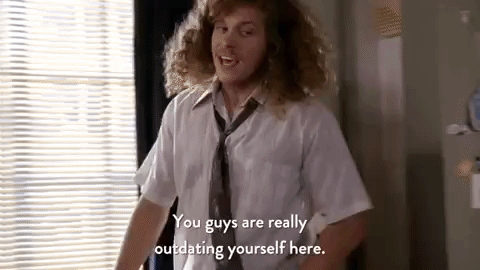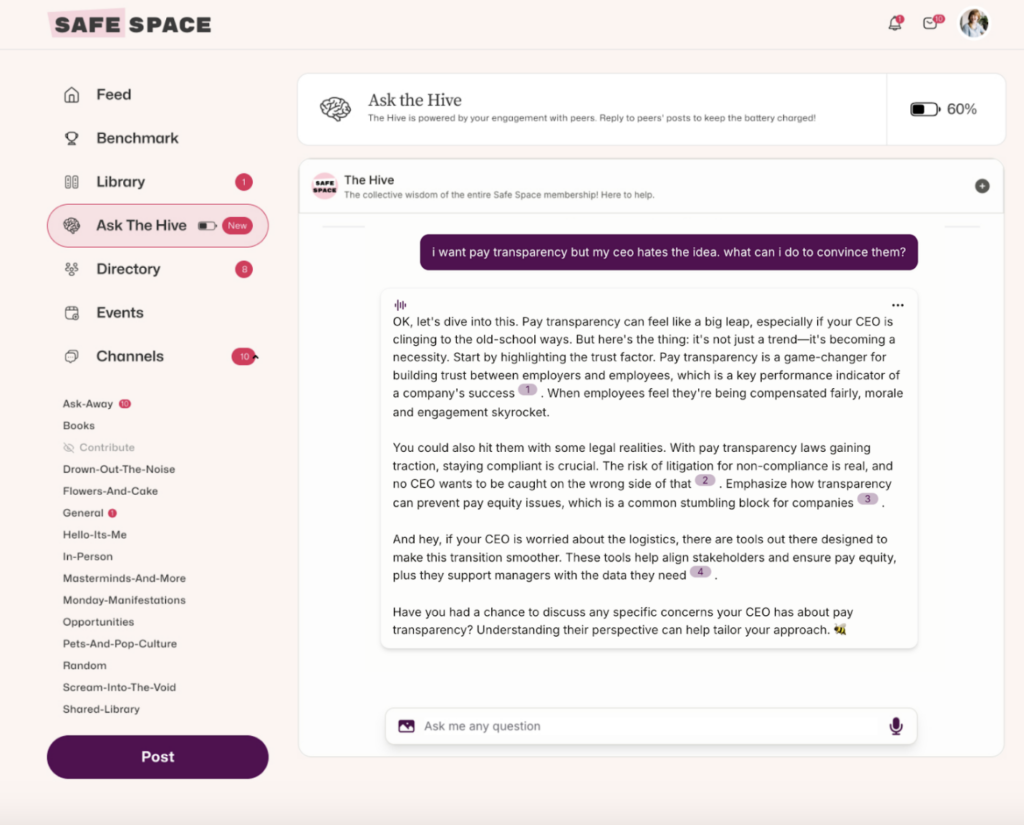
✍🏽 Our handbook hasn’t been updated since 2010. It is very outdated and not legal in parts. I have to update this myself. Does anyone have tips on how to make sure it contains everything it should? Also, any tips on the most efficient way to do it would be very appreciated!
Context: We are a small non-profit long-term care facility with 41 employees. I am the administrator. I am, also, the only one in HR among several other responsibilities. When I started 3 years ago, our policies and procedures were basically nonexistent. I have spent a great amount of time writing and teaching those. At the same time, I have managed multiple building projects most recently a complete remodel of the facility. We are starting renovations in the fall. Needless to say, I am very busy. But, this handbook constantly hangs over my head. I need to get it updated. But, continue struggling on finding time and figuring out where to start.
📣Kyle Patton, Director of Human Resources @ Neighborhood Family Practice:
You might be me 3 years in the future.
But seriously, sometimes the best place to start is to just start. Block off a couple hours here and there, go from the beginning, mark up what needs to be updated/removed, and start adding in portions of other policies you’ve written over the previous years. Then think about all of the FAQs you answer and try to incorporate some of that – PTO accruals, Benefits in General, Leaves of Absence, etc. You may not have a ton of “free” time now, but if you can save 2 minutes a day by not having to answer as many questions or just referring them to page whatever of the handbook, that is 2 minutes a day you can spend doing other things – working on those projects, keeping policies up to date, crying in a corner, whatever!
There are also places online that can provide advice like “Handbooks MUST have these things, SHOULD have these other things” and make sure they line up.
Then have a non-HR person read it and make additions based on what questions they have. A lot of what may be common sense to us (don’t work drunk) doesn’t always feed through (so include a description of reasonable suspicion testing and DFWP wording).
Where you can, add reminders to review somewhat regularly. I firmly believe that employee handbooks should be living, breathing documents, and updated periodically to keep up with law and statute changes. Some years may warrant just a word change, others an addendum, others a full revamp. It’s much easier to do those when it’s 2-3 years old vs a decade.
📣Rachel Ackerman, Director of People Operations @ Barstool Sports,:
Hi! I just went through this recently and understand this can be quite overwhelming. Echoing what Kyle noted, set yourself up some blocks of time to dig in and get isht done.
If you have access to any handbook tools that can assist you, like Mineral, I highly recommend using that to start. If not, that’s ok! Google is a good place to start to find various federal, state, and local policies.
I’d first take a look at each of the sections you already have to see where updates/edits may be needed. Then see what’s missing. Given that we’ve seen a lot of legislative changes over the last few years, there may be pieces of policy that you will want to incorporate into your next handbook.
Are there any policies that are going to be changing for the new year or any you can anticipate leadership looking to update? Get that buy-in so that you can get the updates layered into your working doc. In our case, it was updating our Expense Reimbursement policy and incorporating it into the handbook rather than being a standalone policy.
After you’ve reviewed all the policies, run through the current layout and see if you have your policies bundled into the right sections. For example, our policies fall into the following general categories:
- Employment
- Employee Responsibilities
- Salary Administration
- Benefits
- Time Off
- Leaves of Absence
- Termination of Employment
Once this is all done, I share my version of the finished product with the rest of my People Team, our CFO, and our Legal team for them to all take a look at it and provide notes. If you have employment counsel, you could also ask them to take a look at it and provide their feedback.
📣Cassandra Schaffa, Director of People @ Mixlab:
JOIN 150K+ HR LEADERS
Get insights, learnings, and advice on how to build companies and cultures that people actually love.
No spam. Unsubscribe any time.
If you can swing the budget I highly recommend Mineral. I believe I got a non-profit rate when I was working at a non-profit, but I think we’re only paying $600 for the year now. It’ll automatically build your handbook based on company size, states of operation, and I believe industry. It’ll tell you what is required vs. best practice and you’ll receive notifications when they update a policy based on law changes. It really is a lifesaver to stay up to date legally. Meanwhile you can add custom policies or edit existing policies to align with how your organization operates.
Safe Space members can join this discussion here. Not a member yet? Apply to join here.

✍🏽 We have an employee who works a pretty labor intensive job that works in close quarters with quite a few other employees. They regularly come in smelling of body odor (not health or religious reasons) and we are struggling with a good way to address it with them, what’s the best route?
Context: 90+ employees, working in manufacturing
📣 Jessie Fields, Director, Talent Development & DEI @ C2FO:
Here are some ground rules for being able to give feedback, even in the most awkward situations!
- Share an observation and the impact it has.
- Keep it short, direct, and full of compassion.
- Make sure it’s delivered by someone the employee trusts.
- Make space for them to respond! Listen intently.
- Fight EVERY instinct to try and fix it for them (e.g., Don’t suggest they shower more often or bring extra deodorant… let them problem solve it themselves).
Try out this simple script and see if it works:
“Hey, when you have a minute I need to talk to you. I’ve noticed that you have an odor. We work in a small environment, and I never want someone to not want to work with you because of this. I know this is very awkward. It’s awkward for me, and I’m sure it’s awkward for you, but I’d much rather you hear this from me than somebody else. What are your thoughts?”
Safe Space members can join this discussion here. Not a member yet? Apply to join here.


